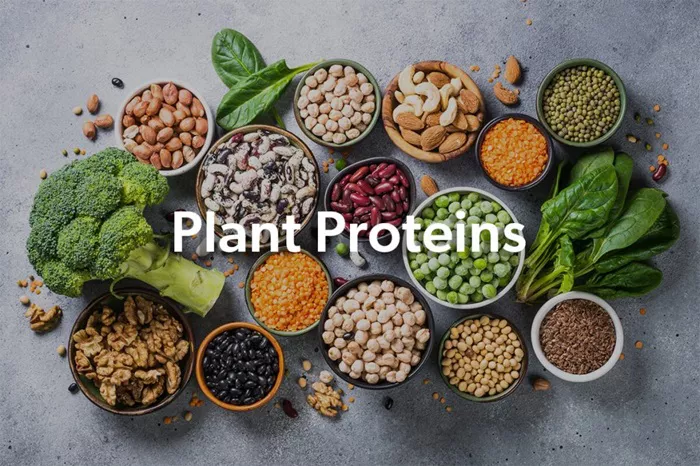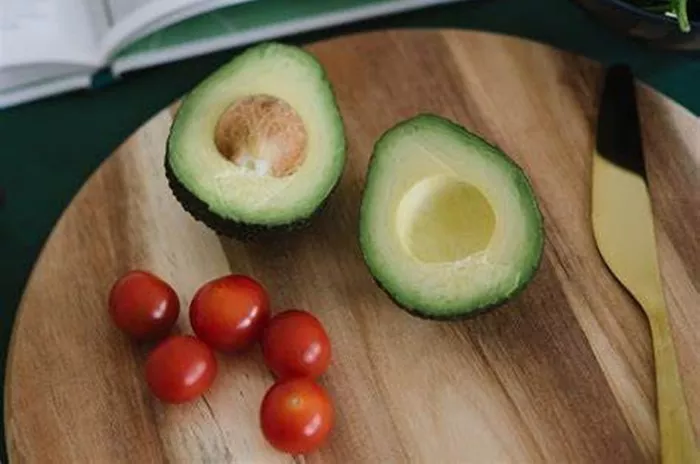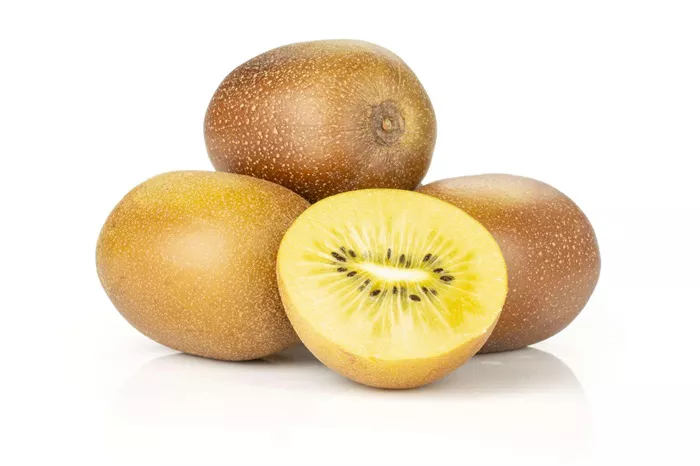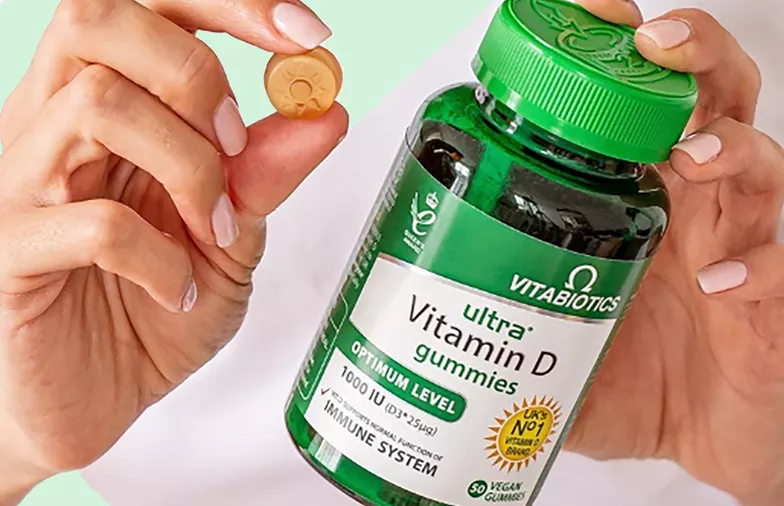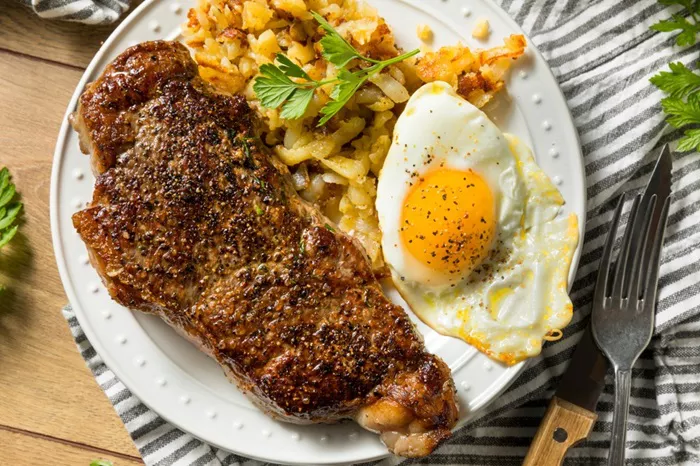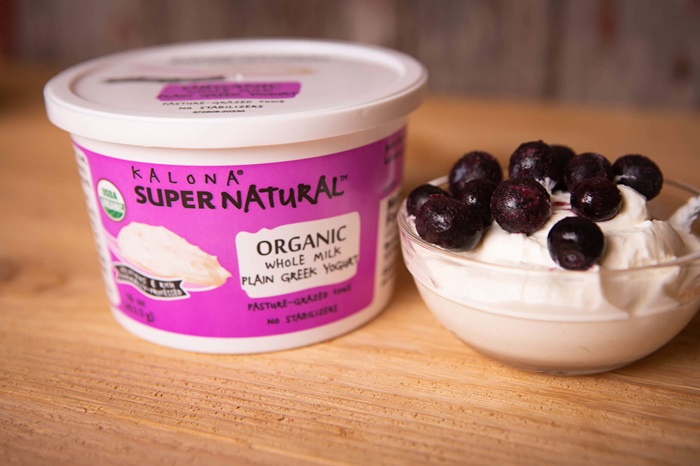As a vegetarian, maintaining a well-balanced diet that includes an adequate amount of protein can seem challenging. Protein is essential for the body, playing a crucial role in building and repairing tissues, producing enzymes and hormones, and supporting overall health. Fortunately, there are plenty of plant-based protein sources available that can help vegetarians meet their nutritional needs. This comprehensive guide explores a variety of protein-rich foods suitable for vegetarians, ensuring a diverse and nutritious diet.
Protein Requirements
Before diving into specific food sources, it’s important to understand the basic protein requirements for different individuals. Protein needs can vary based on age, gender, weight, and activity level. On average, the Recommended Dietary Allowance (RDA) for protein is:
Adult men and women: 0.8 grams of protein per kilogram of body weight
Athletes and highly active individuals: 1.2 to 2.0 grams of protein per kilogram of body weight
Pregnant and breastfeeding women: 1.1 grams of protein per kilogram of body weight
For example, a sedentary adult woman weighing 60 kilograms would need approximately 48 grams of protein per day (60 kg x 0.8 g/kg).
Complete vs. Incomplete Proteins
Proteins are made up of amino acids, nine of which are considered essential because the body cannot produce them. Complete proteins contain all nine essential amino acids in adequate amounts, while incomplete proteins lack one or more. Animal products are typically complete proteins, but many plant-based sources can be combined to provide all essential amino acids.
Top Protein-Rich Foods for Vegetarians
1. Legumes
Legumes are a cornerstone of a vegetarian diet, offering a rich source of protein, fiber, and other essential nutrients.
Lentils: One cup of cooked lentils provides about 18 grams of protein. They are versatile and can be used in soups, stews, salads, and even as a meat substitute in dishes like lentil loaf.
Chickpeas: Also known as garbanzo beans, chickpeas offer around 15 grams of protein per cooked cup. They are the main ingredient in hummus and can be added to salads, stews, and curries.
Black Beans: These beans provide 15 grams of protein per cooked cup and are excellent in burritos, soups, and salads.
Peas: Split peas and green peas both offer a good protein content, with split peas providing 16 grams per cooked cup and green peas offering 9 grams per cooked cup.
2. Soy Products
Soy is one of the few plant-based sources of complete protein. It is highly versatile and can be found in various forms.
Tofu: Also known as bean curd, tofu provides about 10 grams of protein per half-cup serving. It can be stir-fried, grilled, added to soups, or used in desserts.
Tempeh: This fermented soy product offers around 15 grams of protein per half-cup. It has a firm texture and a nutty flavor, making it suitable for stir-fries, sandwiches, and salads.
Edamame: Young soybeans, or edamame, provide 17 grams of protein per cooked cup. They can be enjoyed as a snack or added to salads and stir-fries.
Soy Milk: A cup of soy milk provides around 7 grams of protein and can be used as a dairy milk substitute in various recipes.
3. Quinoa
Quinoa is a complete protein, offering about 8 grams of protein per cooked cup. It is a versatile grain that can be used in salads, as a side dish, or as a base for grain bowls. Quinoa is also rich in fiber, magnesium, and iron.
4. Nuts and Seeds
Nuts and seeds are not only protein-rich but also packed with healthy fats, vitamins, and minerals.
Almonds: A quarter-cup serving of almonds provides 6 grams of protein. They can be eaten raw, roasted, or used in almond butter.
Chia Seeds: Two tablespoons of chia seeds offer 4 grams of protein. They can be added to smoothies, oatmeal, or used to make chia pudding.
Hemp Seeds: These seeds provide 10 grams of protein per three-tablespoon serving and can be sprinkled on salads, yogurt, or added to smoothies.
Pumpkin Seeds: A quarter-cup of pumpkin seeds contains 7 grams of protein. They make a great snack or can be added to granola and baked goods.
5. Whole Grains
Whole grains are a good source of protein and also provide essential nutrients like fiber, iron, and B vitamins.
Oats: One cup of cooked oats provides 6 grams of protein. Oats can be used in oatmeal, granola, and baked goods.
Brown Rice: A cup of cooked brown rice offers around 5 grams of protein. It can be used as a base for stir-fries, bowls, and as a side dish.
Barley: One cup of cooked barley provides 3.5 grams of protein. It can be added to soups, stews, and salads.
Farro: This ancient grain offers 7 grams of protein per cooked cup and can be used in salads, soups, and as a side dish.
See Also: How Much Protein Is Needed on Rest Days?
6. Dairy and Dairy Alternatives
For lacto-vegetarians, dairy products are excellent sources of protein. For those avoiding dairy, there are several fortified plant-based alternatives.
Greek Yogurt: A typical serving of Greek yogurt (around 6 ounces) provides 15 grams of protein. It can be enjoyed on its own, with fruit, or used in smoothies and baking.
Cottage Cheese: Half a cup of cottage cheese contains 14 grams of protein. It can be eaten plain, with fruit, or used in savory dishes.
Cheese: Different types of cheese have varying protein contents, with cheddar providing about 7 grams per ounce.
Plant-Based Yogurts: Fortified plant-based yogurts, made from soy, almond, or coconut, can offer 6-10 grams of protein per serving.
Fortified Plant Milks: Plant milks like soy milk, almond milk, and oat milk are often fortified with protein, providing around 7-8 grams per cup.
7. Eggs
For ovo-vegetarians, eggs are a superb protein source. One large egg contains about 6 grams of protein. Eggs are highly versatile and can be used in numerous dishes, from breakfast to baking.
8. Protein-Rich Vegetables
While vegetables are not as protein-dense as legumes or nuts, some still offer a notable amount of protein.
Broccoli: One cup of cooked broccoli provides 4 grams of protein.
Spinach: A cooked cup of spinach offers 5 grams of protein.
Brussels Sprouts: One cup of cooked Brussels sprouts contains 4 grams of protein.
Asparagus: A cup of cooked asparagus provides 4 grams of protein.
Combining Protein Sources
For vegetarians, it is important to combine different protein sources to ensure all essential amino acids are consumed. Here are some examples of complementary protein combinations:
Rice and Beans: Combining rice (which is low in lysine but high in methionine) with beans (which are high in lysine but low in methionine) creates a complete protein.
Hummus and Pita: Chickpeas in hummus provide lysine, while the wheat in pita bread offers methionine, making this a complete protein snack.
Peanut Butter on Whole Wheat Bread: Peanuts and whole wheat complement each other to provide all essential amino acids.
Meal Ideas for Protein-Packed Vegetarian Diets
Breakfast
Greek Yogurt Parfait: Layer Greek yogurt with fresh fruit, nuts, and a sprinkle of chia seeds.
Oatmeal with Almond Butter: Cook oats and top with almond butter, chia seeds, and sliced bananas.
Vegetable Omelette: Make an omelette with eggs, spinach, mushrooms, and a sprinkle of cheese.
Lunch
Quinoa Salad: Mix cooked quinoa with black beans, corn, avocado, and a lime vinaigrette.
Lentil Soup: A hearty soup made with lentils, carrots, celery, and tomatoes.
Chickpea Wrap: Fill a whole wheat wrap with hummus, chickpeas, lettuce, and shredded carrots.
Dinner
Tofu Stir-Fry: Stir-fry tofu with broccoli, bell peppers, and snap peas in a soy-ginger sauce.
Stuffed Bell Peppers: Fill bell peppers with a mixture of quinoa, black beans, corn, and spices, then bake.
Tempeh Tacos: Use crumbled tempeh as a filling for tacos, topped with avocado, salsa, and lettuce.
Snacks
Edamame: Steamed edamame sprinkled with sea salt.
Almonds and Dried Fruit: A mix of almonds and dried apricots.
Cottage Cheese with Pineapple: Cottage cheese topped with pineapple chunks.
Supplements and Fortified Foods
In addition to whole foods, some vegetarians may choose to use protein supplements or fortified foods to meet their protein needs.
Protein Powders: Plant-based protein powders made from pea, hemp, or brown rice protein can be added to smoothies or baked goods.
Fortified Cereals: Some breakfast cereals are fortified with protein and can be paired with plant-based milk for a protein-rich meal.
Nutritional Yeast: This deactivated yeast is often fortified with B12 and
offers 8 grams of protein per two tablespoons. It has a cheesy flavor and can be sprinkled on popcorn, pasta, and salads.
Conclusion
Eating a vegetarian diet that provides adequate protein is not only possible but can also be delicious and varied. By incorporating a wide range of protein-rich foods such as legumes, soy products, nuts, seeds, whole grains, and dairy or dairy alternatives, vegetarians can easily meet their protein needs. Combining different protein sources ensures that all essential amino acids are consumed, supporting overall health and well-being. With careful planning and a diverse diet, vegetarians can thrive and enjoy a balanced, nutritious diet full of protein.
[inline_related_posts title=”You Might Be Interested In” title_align=”left” style=”list” number=”6″ align=”none” ids=”11006,10937,10862″ by=”categories” orderby=”rand” order=”DESC” hide_thumb=”no” thumb_right=”no” views=”no” date=”yes” grid_columns=”2″ post_type=”” tax=””]

